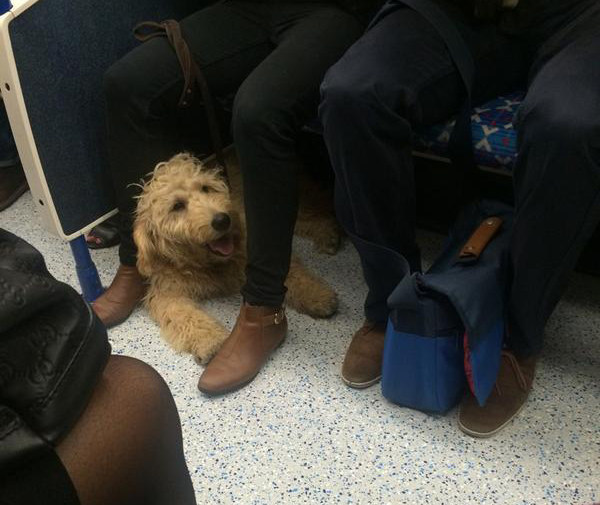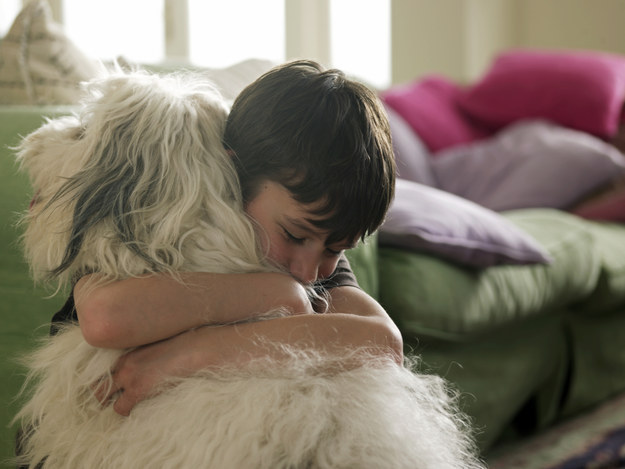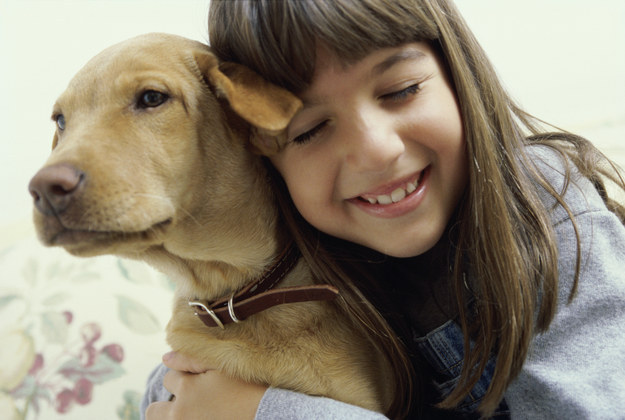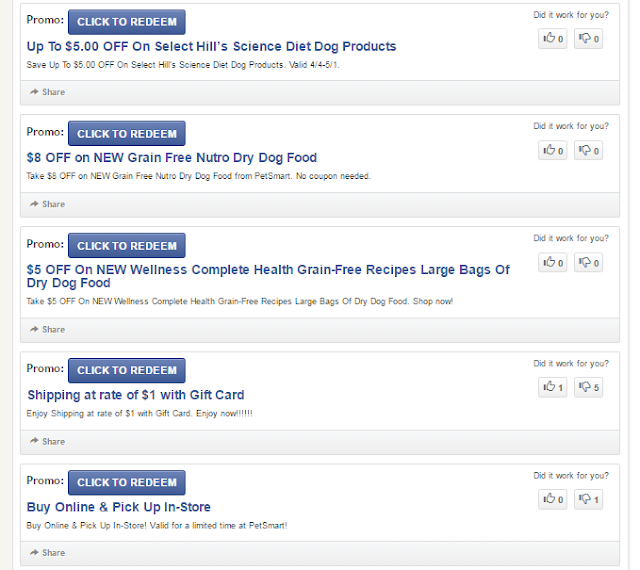Many dog owners prefer to leave haircuts to professional groomers. It’s a job that really takes some know-how and experience to do properly – particularly for dogs with long, continuously growing hair.
EQUIPMENT
Clippers can be extremely cheap and you can certainly use any style of clippers, rather than having to buy specialised pet clippers. Some are able to be sharpened, which will extend the life of the clippers. When humans use clippers they usually use plastic guards to clip at a longer length. These tend to snag in longer hair coats so are less useful in pets. For around the paws and ears, a sharp pair of scissors is useful, as some areas will be fiddly to use with the clippers. Also make sure you have plenty of treats on hand and a good brush.
GETTING READY TO CLIP
When you start out, having someone to hold your pet is ideal. Groomers will save their backs by always using an elevated table and may even have an apparatus to hold the dog in place or to clip the collar to. Clipping up on the kitchen table can be a great way to keep your dog from moving, but make sure you put a non-slip mat on the table first.
Top coupon for Pet: PetSmart Coupon Up To 30% OFF Sale Items + FREE Shipping on orders of $49 or more! Go through this link and save! Visit at here
HOW OFTEN?
If your dog has a continuously growing coat, clipping every 6-8 weeks is ideal. If you are able to brush your dog regularly and prevent mats from forming, grooming is not as necessary, but if your dog matts easily you may need to clip the coat short more often. In some ways a longer coat can provide an insulating layer to protect against heat and cold. For dogs that feel the heat however, clipping the belly so your dog can cool down by lying on the ground can help, while still providing protection from the sun.
CARE OF YOUR CLIPPERS
To keep your clippers clean and running smoothly it is worthwhile investing in some clipper spray to keep the blades clean and lubricated. The spray can also be used if the blades are getting hot while clipping your dog. Keep the blades sharp; they are more likely to cut if they are blunt. You will need to have them professionally sharpened in the same place that would sharpen knives. After you use your clippers, brush them free from hair with a toothbrush and apply some blade oil or the clipper spray.
Here are a few tips for doing the job properly. Select a quiet place free from distractions and remember the hair will end up everywhere, so find somewhere easy to clean!
• If your dog is dirty bathe your dog first, using a shampoo made for pets.
• Once the fur is dry, brush out any snags or mats.
• Use clippers in the direction of hair growth in long smooth strokes.
• Use scissors for touch-up and for trimming around extremities: legs, ears and face.
• To clip the paws, brush against the direction of hair growth to push the hair between the toes upwards and cut with the scissors. You can use the clippers to do the underside of the feet.
• If your dog is dirty bathe your dog first, using a shampoo made for pets.
• Once the fur is dry, brush out any snags or mats.
• Use clippers in the direction of hair growth in long smooth strokes.
• Use scissors for touch-up and for trimming around extremities: legs, ears and face.
• To clip the paws, brush against the direction of hair growth to push the hair between the toes upwards and cut with the scissors. You can use the clippers to do the underside of the feet.
• Around the eyes, ensure there is no hair growing over your pet’s eyes that could interfere with vision. If your pet is wiggly, using blunt-tipped, curved scissors helps.
• After brushing give your pet a good brush, or if you haven’t already bathed your pet, give him a bath.
• After brushing give your pet a good brush, or if you haven’t already bathed your pet, give him a bath.
ADDITIONAL TIPS FOR NERVOUS DOGS
If your pet is a little nervous about the clippers, get some treats and get him accustomed to the noise of the clippers first. Keep any sessions short and give lots of praise, attention and treats for staying still, even for a short time. Having an additional helper on hand to give your pet treats while grooming is also useful for nervous pets. For pets that tend towards anxiety it may be even more important to groom your pet at home, as you will be able to spend more time acclimatising your pet to the process, while a busy grooming parlour will need to move more quickly. That being said, some groomers offer grooming rehabilitation for nervous pets if you ask. When selecting a groomer rely on word-of-mouth and find a groomer who is very good with anxious pets. The level of care your pet receives is much more important than the quality of the cut afterwards.
MATTED DOGS
For dogs that have matts, sometimes using the clippers can be very painful. It may be necessary to de-mat first using a specialised comb If the matts are not too close to the skin, using the clippers on the shortest setting would be the best approach to take the matts off close to the skin. You will need to start somewhere where there are no matts to get to the base of the coat. If the process will be too extensive and painful, consider discussing with your Vet giving your pet a sedative and having the procedure done in hospital instead. Once the matts are gone it will be much easier to maintain the coat with brushing and clipping before they start to develop again.
Grooming can be a bonding experience with your pet and we hope you enjoy this new skill. And once you master the basics, let your creativity flow and try out some of the more adventurous clips.















